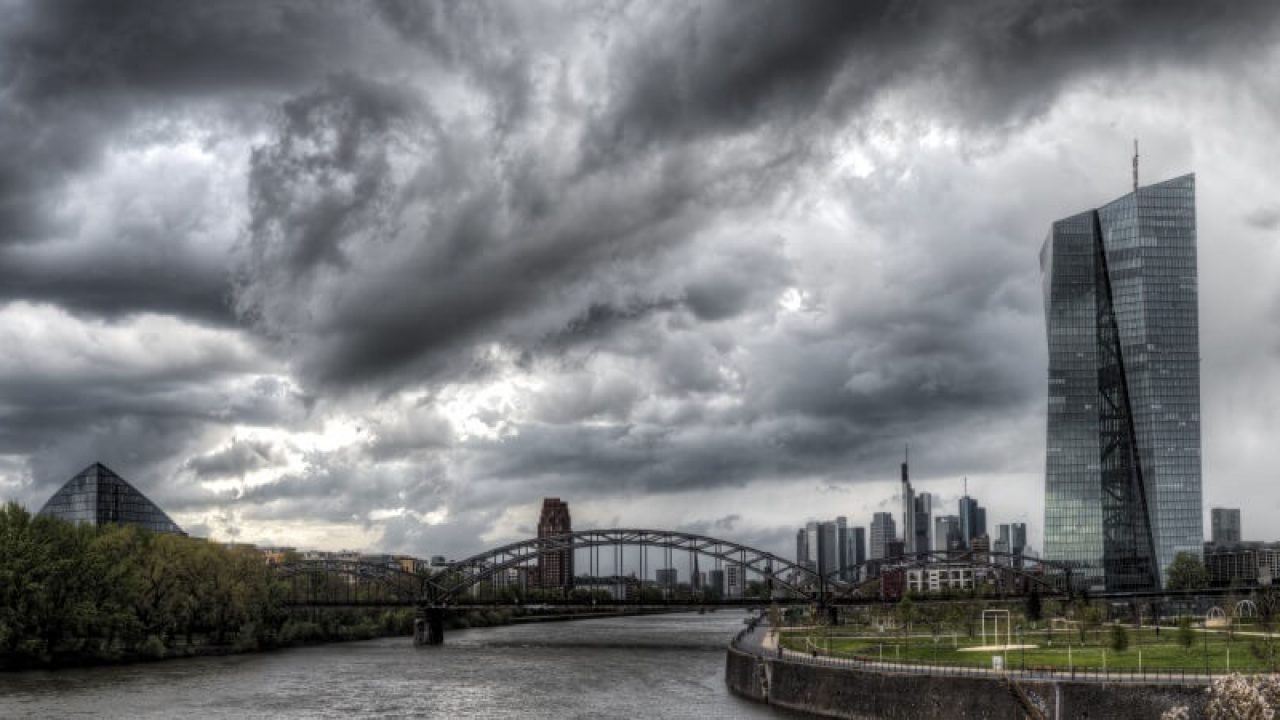


With ground frosts lingering until late in the spring and returning early in the autumn, crops were damaged and the harvest in Germany was particularly poor.

The unusual weather during this “year without a summer” was probably caused by dust particles released during the eruption of the Tambora volcano on Java in Indonesia. The coldest summer ever recorded in Germany was in 1816, when it only reached a chilly 14,1 degrees on average. The sun shines for an average of seven hours per day but expect some thundery showers, too: the average rainfall is a whopping 76,8mm per month. July and August tend to be the hottest months with an average temperature of 17 and 16,9 degrees, respectively. On average, temperatures in summer in Germany reach a balmy 16,4 degrees. While summers in Germany are generally warm and sunny, especially in the south, they are also the months with the highest average precipitation, so don’t forget your umbrella. Since 1988, every spring apart from 1991, 1996, 20 has been warmer than average.Īstronomical summer begins on June 21, whereas meteorologically it is counted as the months of June, July and August. The warmest spring ever recorded in Germany took place in 2007 when the average temperature hit 10,62 degrees, a 2,9-degree deviation from the long-term average. Multiple chilly springs were recorded between the mid-1830s and the mid-1850s, with the years 1845, 18 being particularly cold. The coldest spring ever took place way back in 1785, when the mean temperature couldn’t struggle above 4,0 degrees. An average of 59,7mm of precipitation falls each month in Germany during spring, with 10,5 days having more than 1mm, and the sun shines for an average of 5,3 hours per day. The average temperature in spring in Germany is 7,6 degrees celsius, ranging from a chilly average of 3,8 degrees in March to 12 degrees in May. While the sunshine can break through as early as the end of February, it’s not unusual to have flurries of snow as late as April - still way after the astronomical start of spring on March 20. Meteorologists may define spring as the months of March, April and May, but in Germany it can be fickle. Winds from Scandinavia also mean that winters in the north tend to be chilly. While these regions are spared from temperature extremes, they do experience high humidity and heavy rainfall. Germany’s large land mass and topographical variations mean that distinction can be made between its various regional climates: North and northwest Germanyĭue to their proximity to the Baltic coast, Germany’s north and northwestern regions have an oceanic climate with warm summers and mild winters. With no consistent dry season, rain falls throughout the year in Germany, and the summer months are some of the wettest. This enables its population to enjoy warm summers and relatively mild winters. But is the German weather really that changeable? What’s the temperature like for each of the seasons in Germany and is it true that summers are the rainiest? We’ve put together everything you need to know about the weather in Germany! What is the German climate like?ĭespite its northerly latitude, Germany primarily has a temperate seasonal climate, moderated by the North Atlantic Drift. First it’s too hot, then it’s too cold, then it’s far too much in the middle. If you’ve been in Germany a while, chances are you’ll have heard someone complain about the weather.


 0 kommentar(er)
0 kommentar(er)
